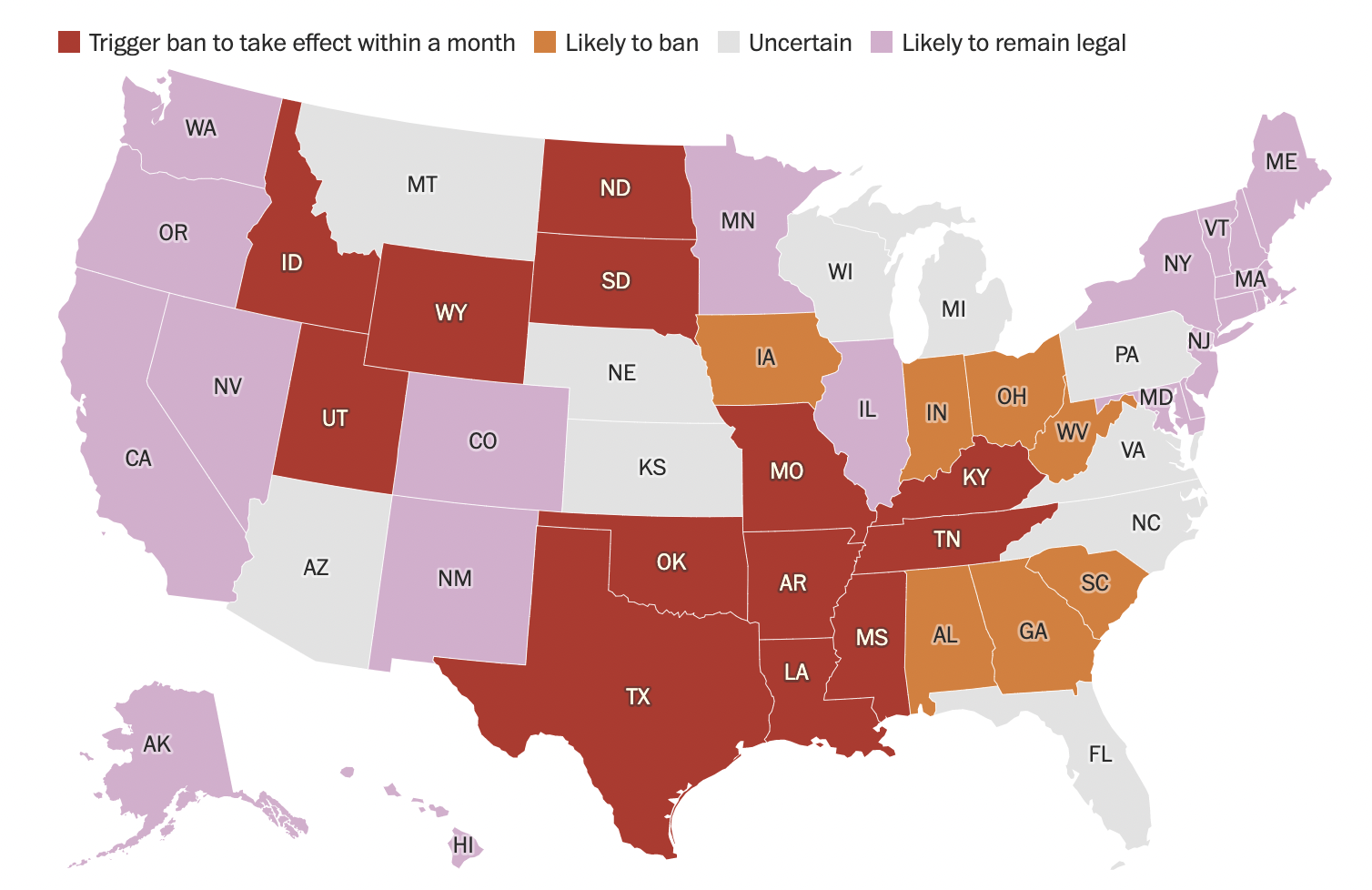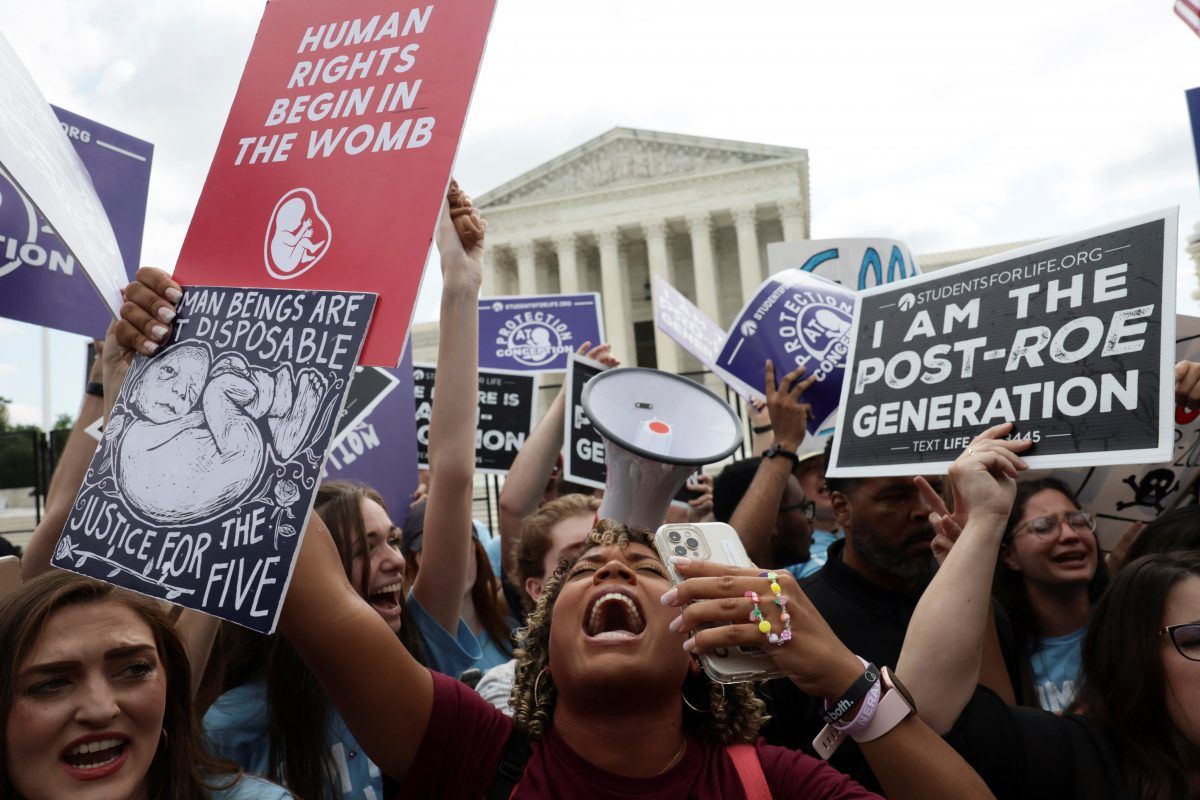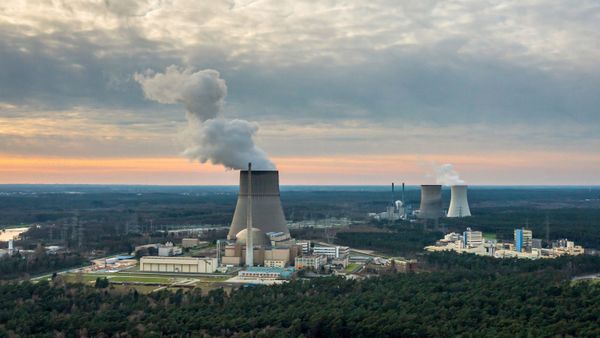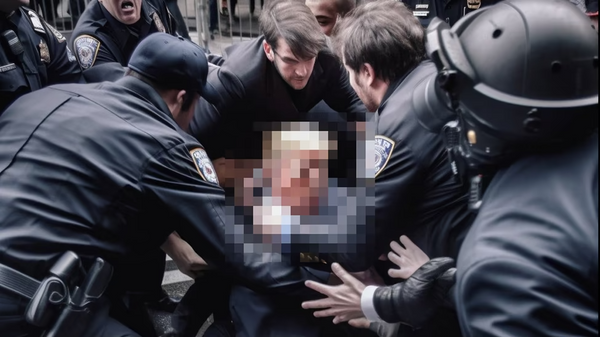In a decision that will change American life, restructure the country's politics, and result in all but complete bans on the operation in almost half of the states, the Supreme Court on Friday overturned Roe v. Wade, ending the constitutional right to abortion after nearly 50 years.
- Conservative justices voted in favor by a 6-3 margin, while liberal justices were against.
- This decision will also serve as one of former President Donald J. Trump’s notable legacies, as he promised to choose justices who would overturn Roe. In the 6-to-3 decision, all three of his appointments were in favor.
- About 13 states are getting ready to pass laws that would outlaw or restrict access to abortion.
Background Info: Roe v Wade, 410 U.S. 113 (1973) was a historic ruling of the U.S. Supreme Court that decided that a pregnant woman’s right to an abortion was protected by the U.S. Constitution.
- The case was brought by Norma McCorvey, known by the legal pseudonym “Jane Roe,” who became pregnant with her third child in 1969. McCorvey wanted an abortion but lived in Texas, where abortion was illegal except when necessary to save the mother’s life.
- The historical decision allowed abortions before the third trimester, or the point at which a fetus became viable under the medical technology available in the early 1970s.
The Ruling: In the ruling written by conservative Justice Samuel Alito, the justices held that the Roe decision was wrongly decided because the U.S. Constitution does not specifically mention abortion rights.
- In May, a draft of Alito's decision that suggested the court was prepared to reverse Roe was leaked, sparking a political uproar. This leaked draft was largely followed in Friday's decision.
Justices Stephen Breyer, Elena Kagan, and Sonia Sotomayor stated in the dissenting opinion, "With sorrow — for this Court, but more, for the many millions of American women who have today lost a fundamental constitutional protection — we dissent.”
President Biden condemned the ruling, calling it a “sad day” for America and labeling the court’s conservatives “extreme.” He said that the fight over abortion rights “is not over” and that his administration will protect access to contraceptives and do everything in his power to combat efforts to prevent women from traveling to other states for abortions.
What It Means: Without Roe and other Supreme Court precedents guaranteeing abortion access, states have the legal authority to restrict or outlaw abortion at any stage of a pregnancy, including at fertilization.
- 13 states have anti-abortion “trigger” laws in place that will go into force soon after the court overturns its precedents, with more states expected to restrict abortion in the future.
- Below is a map that accounts for laws that would ban most or all abortions.









